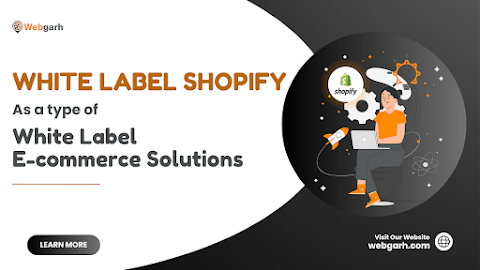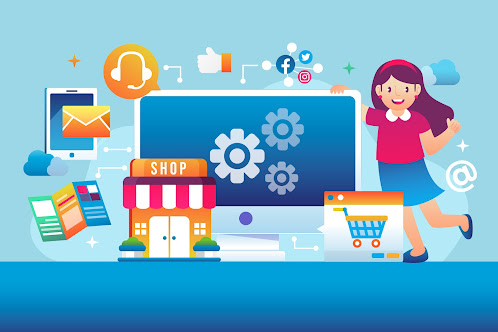How GTM Integration Benefits Shopify Store Owners: A Comprehensive Guide
.jpg)
Introduction In the world of e-commerce, Shopify has established itself as a leading platform for entrepreneurs to set up and manage their online stores. To further enhance the functionality and performance of their stores, Shopify merchants can integrate Google Tag Manager (GTM) into their websites. This integration brings a multitude of benefits that streamline the tracking and analysis of crucial data, leading to better decision-making and improved business outcomes. In this article, we will explore the advantages of GTM integration for Shopify store owners and how it can revolutionize the way they manage their online businesses. Streamlined Tracking and Analytics GTM integration allows Shopify store owners to centralize and manage all their tracking codes and tags in one place. Instead of manually inserting multiple tags across different pages of their website, they can simply install Google Tag Manager on their Shopify store. With GTM, store owners can easily add, edit, or remove ...




